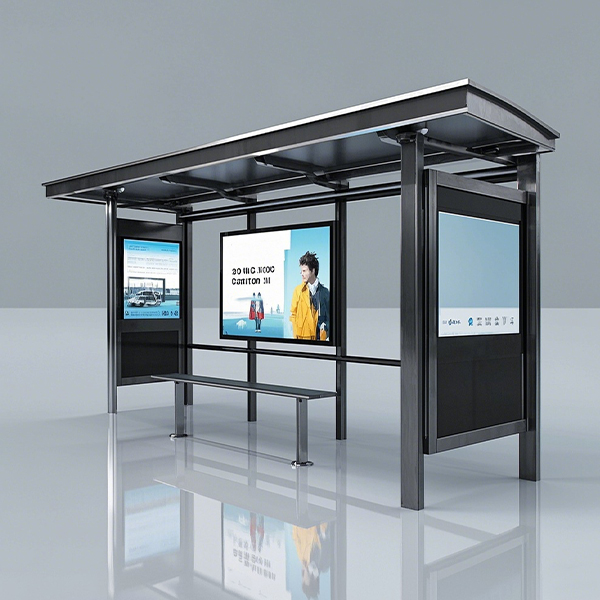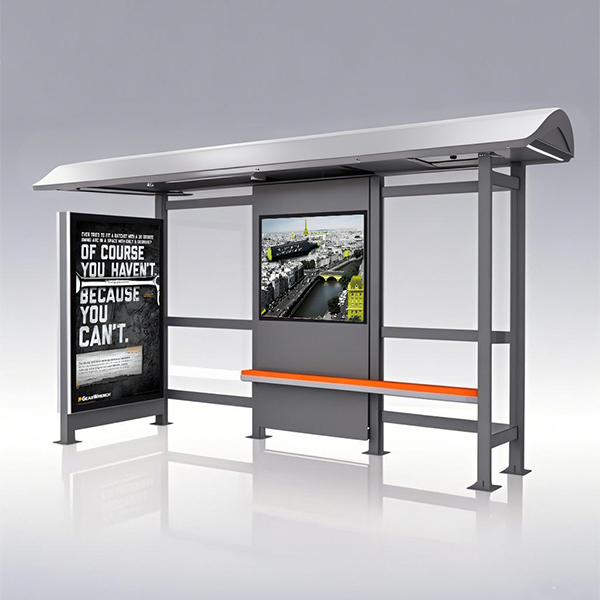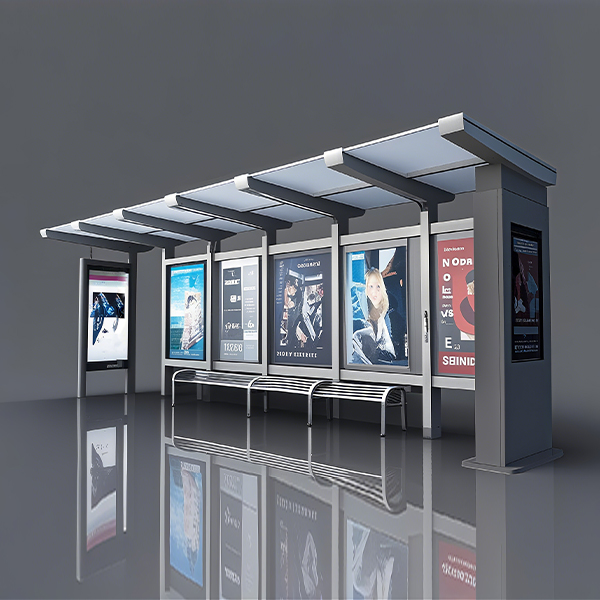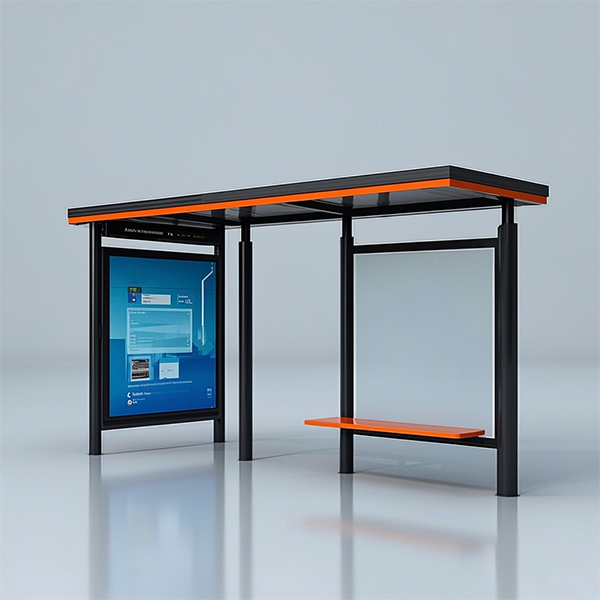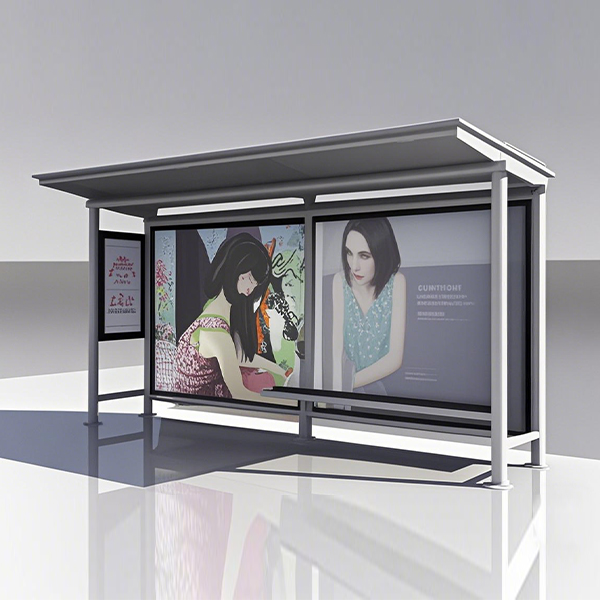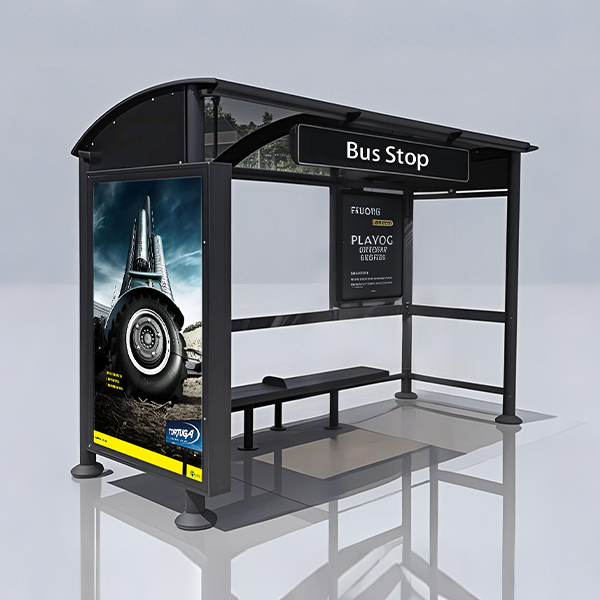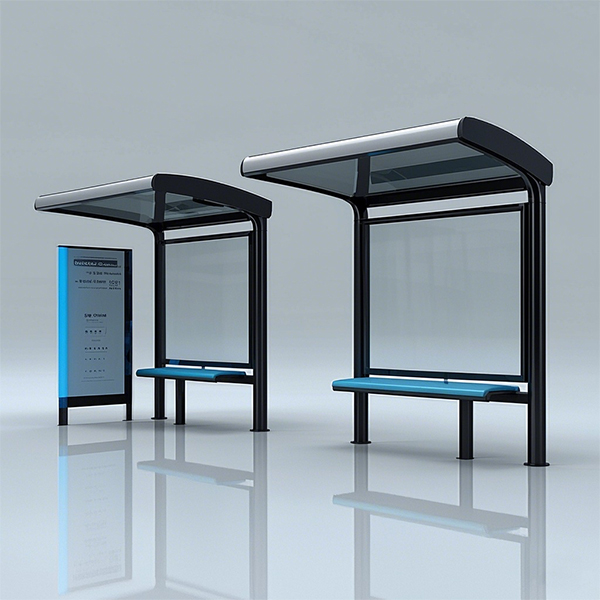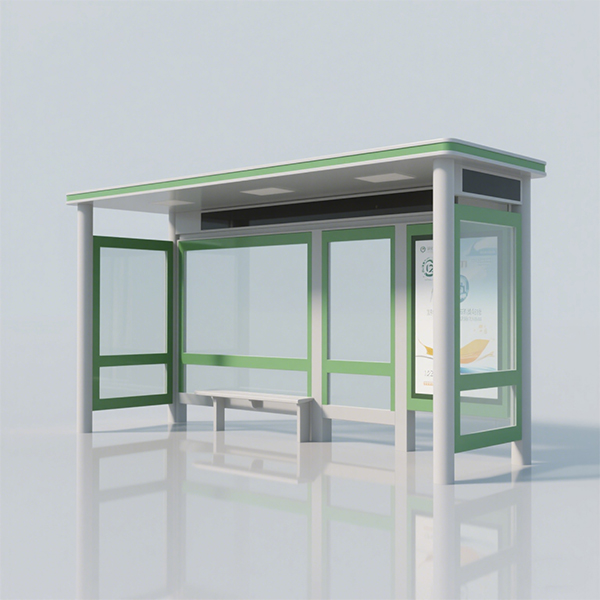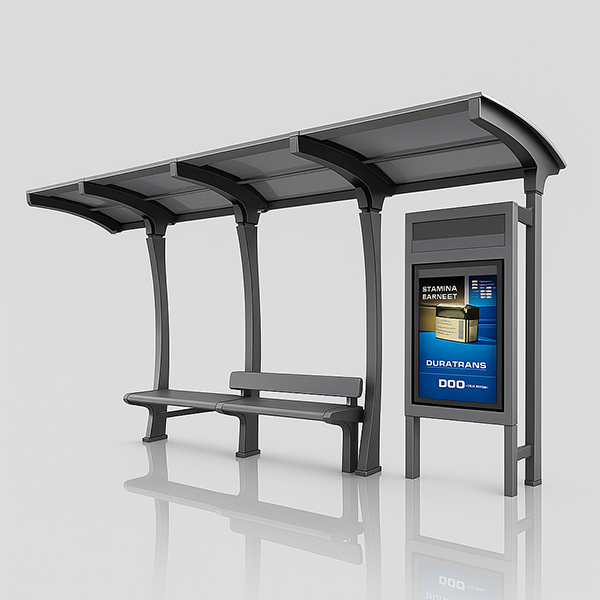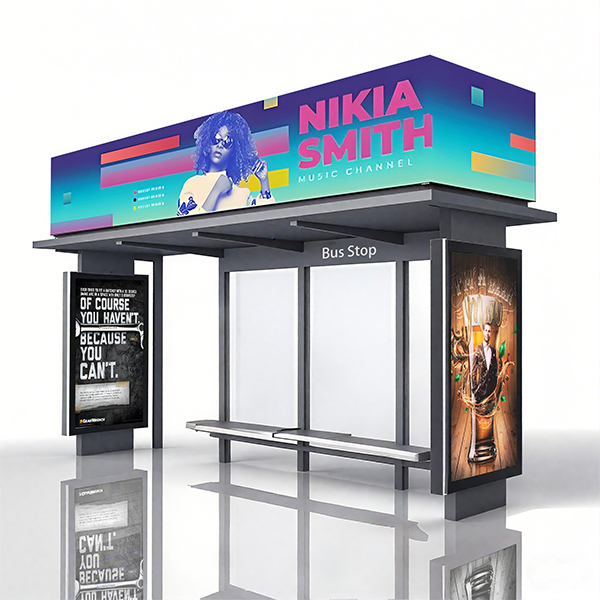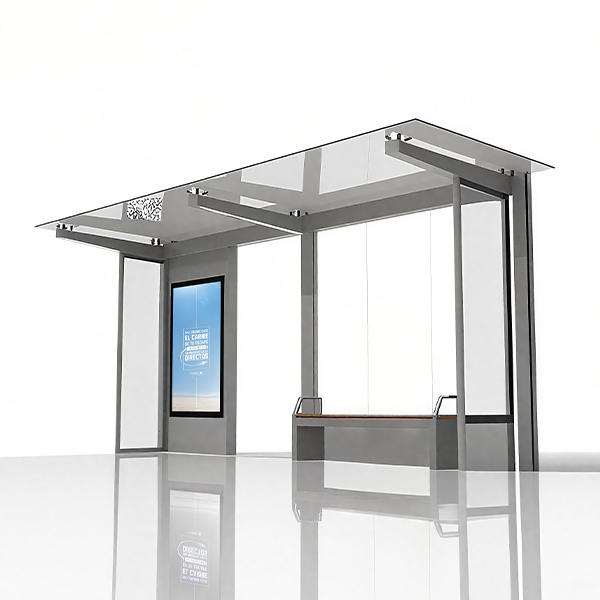
outdoor bus stop shelters
This guide explores the design, functionality, and benefits of outdoor bus stop shelters, providing insights for municipalities, transit authorities, and businesses seeking to improve passenger experience and public infrastructure. We'll cover various shelter types, materials, considerations for accessibility, and sustainable practices.
Types of Outdoor Bus Stop Shelters
Traditional Shelters
Traditional outdoor bus stop shelters typically consist of a roof supported by posts, often made of metal or wood, offering basic protection from the elements. These shelters are widely available and can be customized with benches and lighting. However, they may lack advanced features found in newer designs.
Modern Shelters
Modern outdoor bus stop shelters often incorporate advanced materials and technologies. These might include solar-powered lighting, digital displays for real-time bus arrival information, integrated security cameras, and even Wi-Fi connectivity. Materials such as tempered glass, recycled plastics, and sustainable metals are becoming increasingly popular for their durability and environmental friendliness. Many manufacturers, like Shandong Luyi Public Facilities Co., Ltd., offer a range of options in this category. They are known for high-quality, durable, and aesthetically pleasing outdoor bus stop shelters.
Smart Shelters
Smart outdoor bus stop shelters represent the cutting edge of public transit infrastructure. They integrate various technologies to enhance passenger comfort, safety, and information access. These may include interactive touchscreens, air conditioning or heating, USB charging ports, and even integrated advertising spaces. The implementation of smart shelters often requires careful planning and integration with existing transit systems.
Materials and Construction
The choice of materials significantly impacts the durability, maintenance requirements, and aesthetic appeal of outdoor bus stop shelters. Common materials include:
- Steel: Robust and durable, but susceptible to corrosion if not properly treated.
- Aluminum: Lightweight and corrosion-resistant, making it a popular choice.
- Wood: Offers a natural aesthetic, but requires regular maintenance to prevent rot and insect damage.
- Glass: Provides good visibility and natural light, but can be fragile and require safety considerations.
- Polycarbonate: A strong, lightweight, and impact-resistant plastic often used for roofing.
Accessibility Considerations
Designing accessible outdoor bus stop shelters is crucial for ensuring inclusivity. Key considerations include:
- Ramps or level access for wheelchair users.
- Adequate space for maneuvering wheelchairs and other mobility devices.
- Clearly marked signage and tactile paving for visually impaired passengers.
- Benches with appropriate height and armrests for comfortable seating.
Sustainable Practices
Incorporating sustainable practices in the design and construction of outdoor bus stop shelters contributes to environmental responsibility. This includes:
- Using recycled materials.
- Employing energy-efficient lighting, such as solar power.
- Selecting low-maintenance materials to reduce environmental impact.
- Optimizing shelter design to minimize environmental footprint.
Cost and Maintenance
The cost of outdoor bus stop shelters varies greatly depending on the size, materials, and features included. Regular maintenance is essential to prolong the lifespan and ensure the safety and functionality of the shelters. This includes routine cleaning, repairs, and inspections.
Choosing the Right Shelter
Selecting the appropriate outdoor bus stop shelter requires careful consideration of several factors, including budget, location, passenger needs, and environmental impact. Consulting with experienced suppliers like Shandong Luyi Public Facilities Co., Ltd. can ensure you choose a solution that meets your specific requirements.
| Shelter Type | Approximate Cost Range | Maintenance Requirements |
|---|---|---|
| Traditional | $1,000 - $5,000 | Moderate |
| Modern | $5,000 - $20,000 | Moderate to High |
| Smart | $20,000+ | High |
Note: Cost ranges are estimates and can vary based on location, specifications, and supplier.
Соответствующая продукция
Соответствующая продукция







